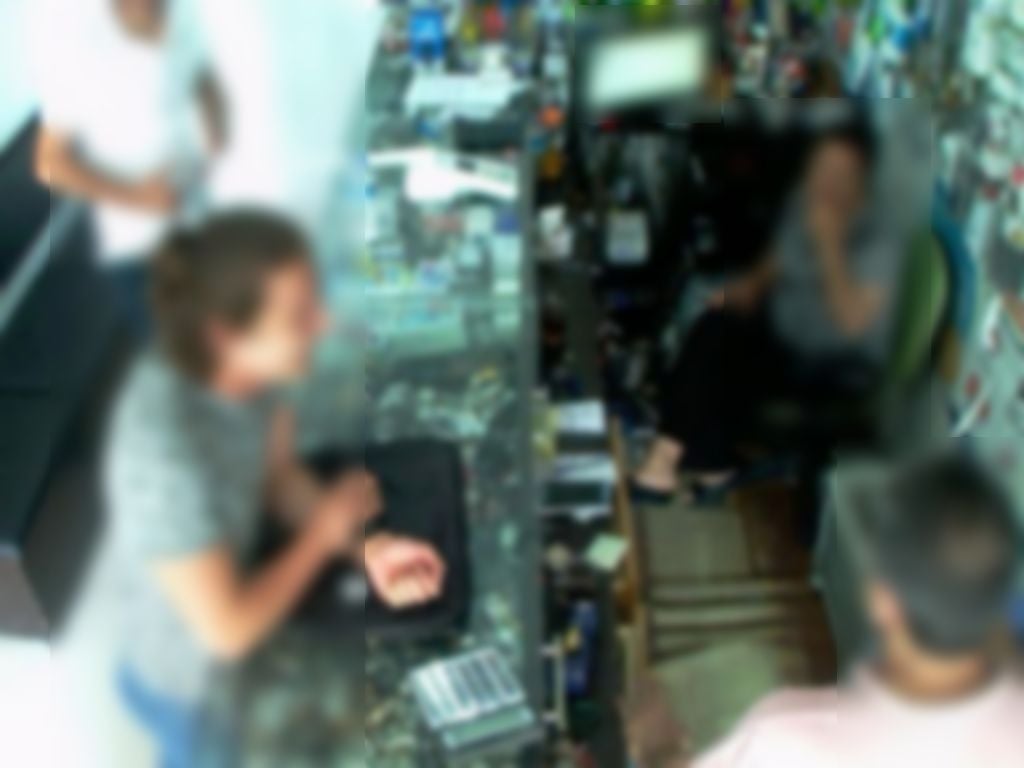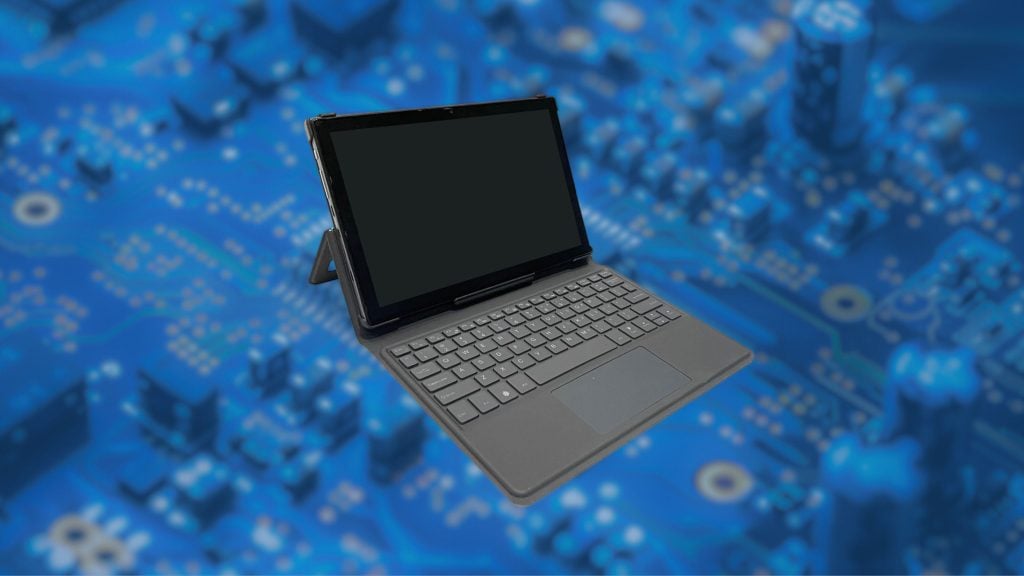Cybersecurity experts at WizCase.com have found a disturbing number of web cameras connected to the internet that are remotely accessible, posing a significant threat to people’s privacy and leaving a door open for hackers to access personal information.
According to the source’s team of ethical hackers, over 15,000 webcams devices are easily accessible through the internet, many of them can be found within people’s homes.
The mere thought of being spied on at home is terrifying but is far from being just paranoia in light of recent discoveries. The study carried out by WizCase concluded that several types of webcams, including IP Cameras, are vulnerable to hijacking and viewable by anyone with internet access and the right knowledge.

Some of the vulnerable cameras were found in offices, homes, storage units, hotels, parking lots and several types of businesses with surveillance needs across several countries, such as USA, United Kingdom, Germany, Russia, Spain, Brazil and many more.

Webcams and IP cameras are more vulnerable than you think
To be fair, Any IoT and always-connected device is prone to hacking when no additional security measures are taken after the initial setup, and this is exactly what happened in this case. The study points out the need for these devices to be accessed remotely by users or the server of the manufacturer, which leads to the need for using two of the most common network protocols: Port Forwarding and Peer to Peer.
Devices that employ Port Forwarding are by nature accessible from the router of the network. However, this also makes them accessible from an external network using a defined port on the external IP, which is necessary for users to connect remotely.
When it comes to P2P devices, most of them are IoT and web cameras that are always connected to the manufacturer’s server. The problem is, this is only as secure as the manufacturer makes it, and not all of them work under the same standards.
Nonetheless, there are readily available ways for users to prevent this, such as whitelisting IP/MAC addresses that can access your webcam or router. Changing the default password for the device is also a good practice since these can be easily found on the Internet.
Making sure that UPnP is disabled on Webcams with P2P helps too, but you can always go the extra mile and add a VPN, that way it will only be reachable within your virtual private network.













